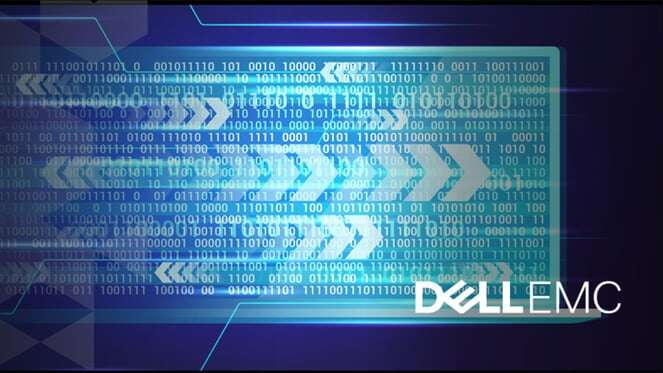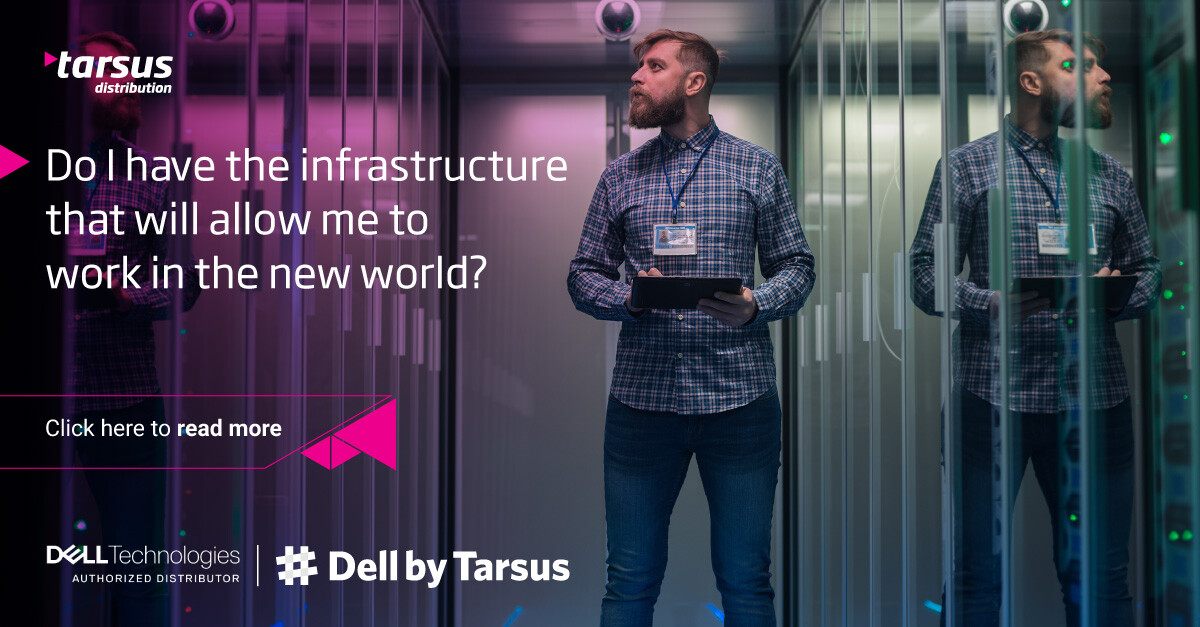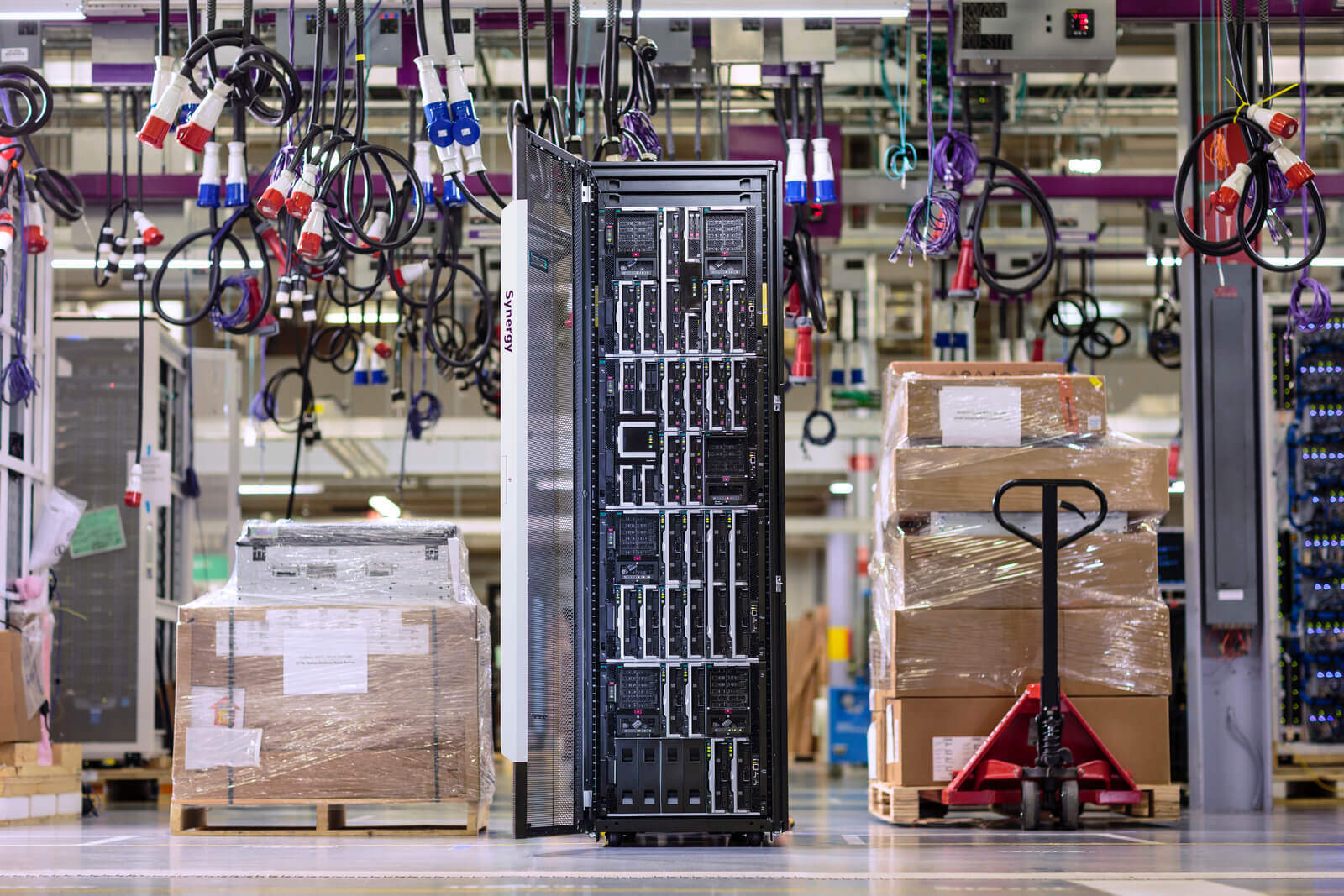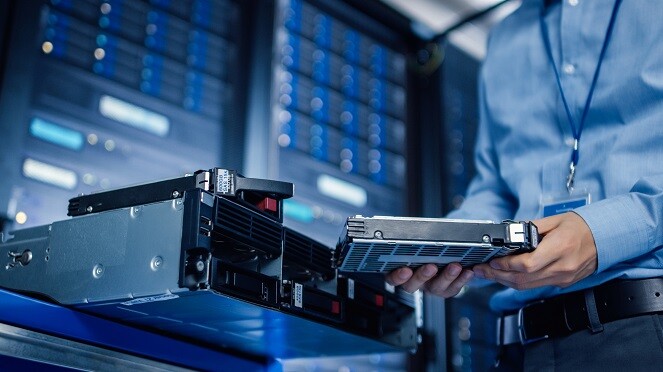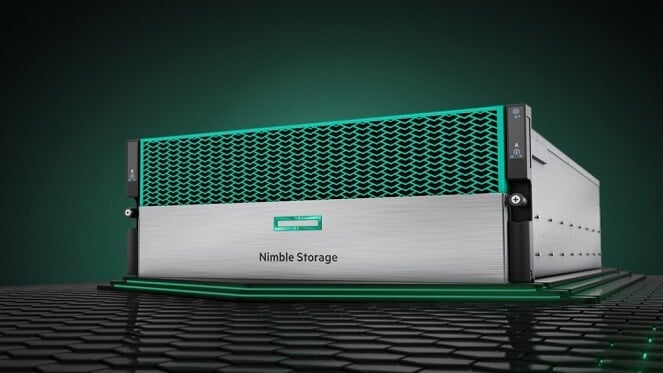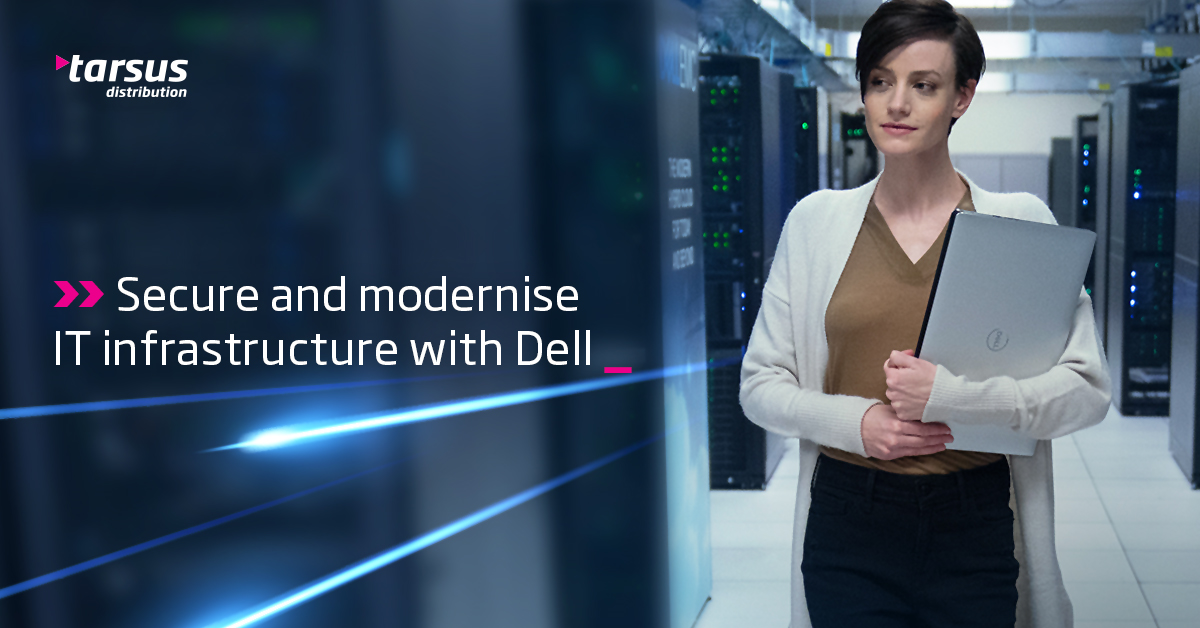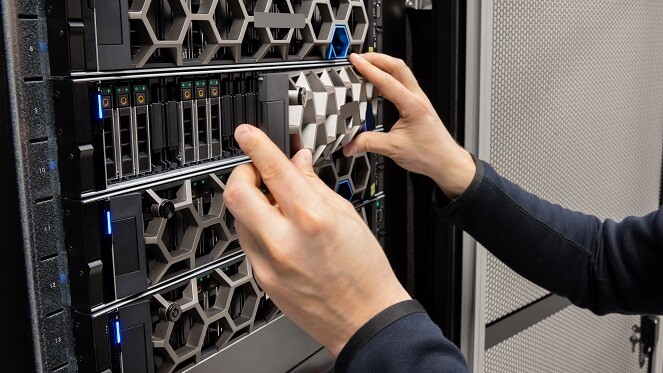Intelligent Hyperconvergence Solutions For Your Unique Needs
Tarsus Distribution provides hyperconvergence solutions to help clients simplify their data centre operations and make them more efficient.
Need help finding the perfect tech solution?
Let us guide you to the right technology for your business. Fill out the form, and our experts will connect with you to tailor the best solution for your needs.
Tarsus Distribution provides hyperconvergence solutions to help clients simplify their data centre operations and make them more efficient. Tarsus has been supplying IT components for the past three decades, keeping our fingers firmly on the pulse of developments in the sector. Hyperconvergence is a trend that is transforming the way data centers store, access and transport their valuable data.
How is hyperconvergence achieved?
There are a number of components make hyperconvergence possible:
- Applications and the servers hosting them are managed on a single platform
- Compute capacity, file storage, memory and network connectivity are collected together and managed individually like public utilities.
- The emphasis is placed on workloads: each workload is packaged within a particular class for ease of management.
- The emphasis shifts from the maintenance of machines to the accessibility and functionality of software. The functionality of services is more important than the reliability of servers.
What is hyperconvergence?
Hyperconvergence is a style of data centre architecture that simplifies the management of systems by shifting the way that operators and administrators approach their systems. Whereas data centres are traditionally viewed as complex networks of devices, nodes and storage devices, the hyperconvergence approach recasts systems as transportation networks for software and transactions.
.png?width=1200&height=1800&name=Cybersecurity%20(2).png)
Why do you need hyperconvergence?
.png?width=60&height=60&name=Untitled%20design%20(24).png)
It provides software-defined storage
Storage is not wholly dependent on hardware. Storage is not defined according to hard drives and other storage devices, but on the basis of software. Storage nodes act as one redundant pool of storage. Should one go down, the rest of the system remains operational. This keeps your data safe at all times.
.png?width=60&height=60&name=Untitled%20design%20(25).png)
It offers agility
Because all your workloads fall under a single umbrella, it is easier to manage them all from a single point and to migrate them from one location to another.
.png?width=60&height=60&name=Untitled%20design%20(26).png)
It makes your system scalable
You can easily add or subtract nodes to match your resource demand.
.png?width=60&height=60&name=Untitled%20design%20(27).png)
It makes your data safer
Embedded security, disaster recovery and backup systems help you to maintain the safety of your information.
.png?width=60&height=60&name=Untitled%20design%20(28).png)
It is cost efficient
Since everything exists in the cloud, there is less equipment to purchase, maintain and support. This means a massive reduction in costs.
Technology Brands








